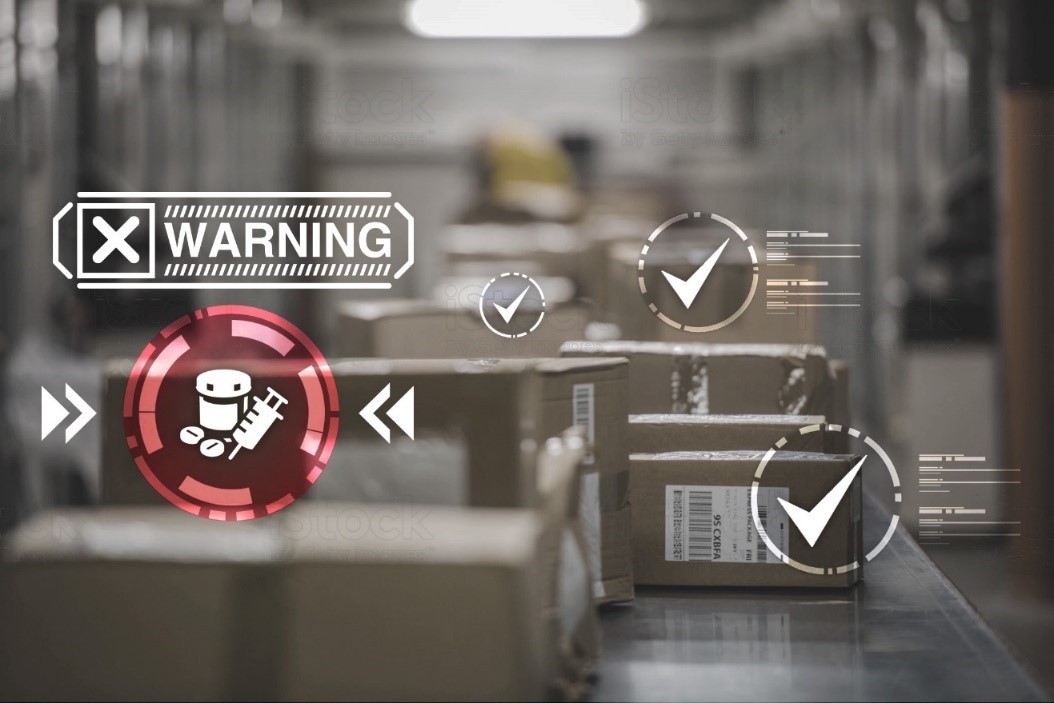Snapshot: In the Near Future, Synthetic Opioids will have a Tougher Time Sneaking into the U.S. via International Mail or Express Carriers
 Over the past six years, the quantity of confiscated synthetic opioids like fentanyl at U.S. ports of entry has multiplied. In 2013, the U.S. Customs and Border Protection (CBP) seized only two pounds of fentanyl. That number grew to 460 pounds in 2016, skyrocketed with seizures of nearly 1,400 pounds in 2017, and surpassed 1,800 pounds in 2018. Fentanyl enters the U.S. via two major routes: international mail/express consignment and land borders. This increases the need for upgrading and improving existing screening equipment and developing new solutions.
Over the past six years, the quantity of confiscated synthetic opioids like fentanyl at U.S. ports of entry has multiplied. In 2013, the U.S. Customs and Border Protection (CBP) seized only two pounds of fentanyl. That number grew to 460 pounds in 2016, skyrocketed with seizures of nearly 1,400 pounds in 2017, and surpassed 1,800 pounds in 2018. Fentanyl enters the U.S. via two major routes: international mail/express consignment and land borders. This increases the need for upgrading and improving existing screening equipment and developing new solutions.
That is why CBP recently joined forces with the Department of Homeland Security’s Science and Technology Directorate (S&T) for a project called Synthetic Opioid Detection at Speed (SODAS).
The International Mail Facility at JFK, one of the busiest mail facilities, receives nearly one million packages per day. CBP must ensure lawful trade is facilitated while simultaneously stopping suspicious or dangerous packages. Current methods and equipment need to be upgraded or redesigned to effectively inspect incoming mail and packages more efficiently. The need is urgent.
“Our role is to help CBP’s Office of Field Operations identify and develop the capabilities to detect drugs being smuggled in mail facilities,” said Dr. Rosanna Robertson, S&T’s Opioid Program Manager.
No comments:
Post a Comment